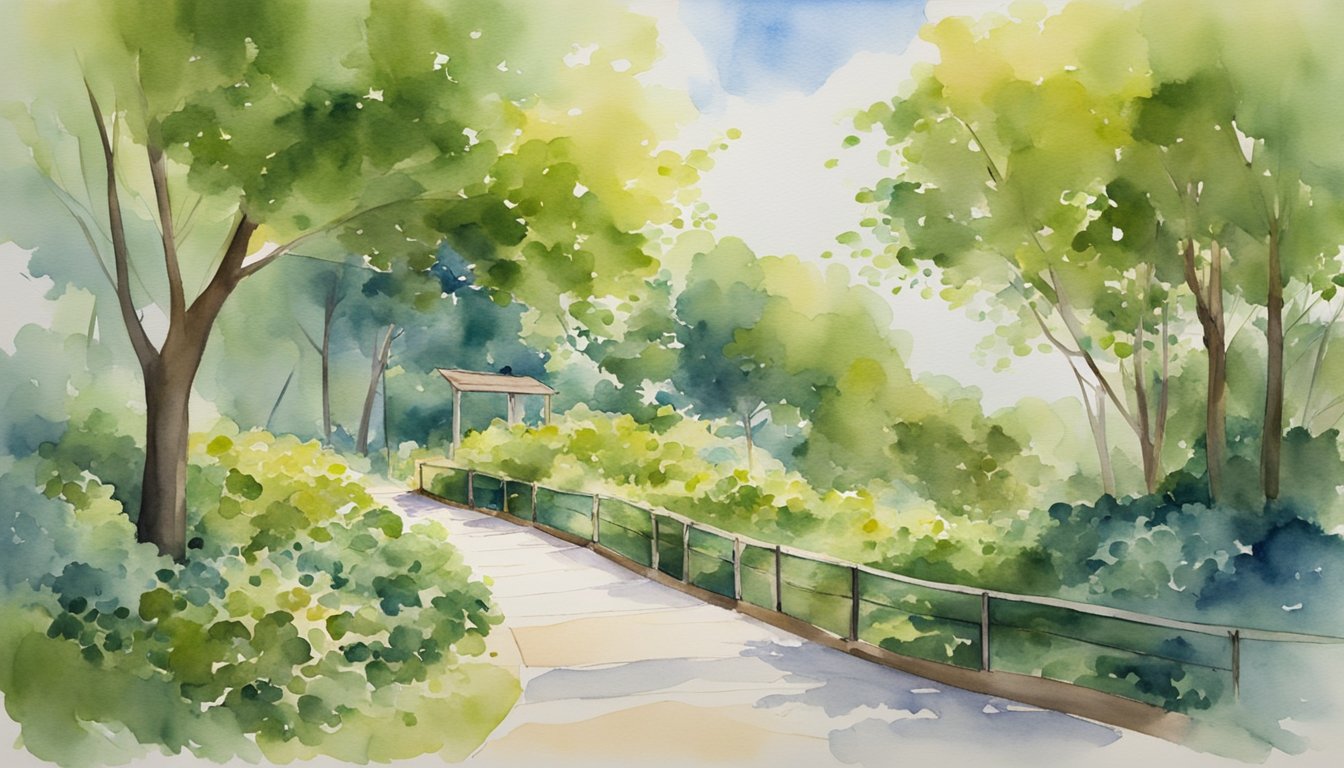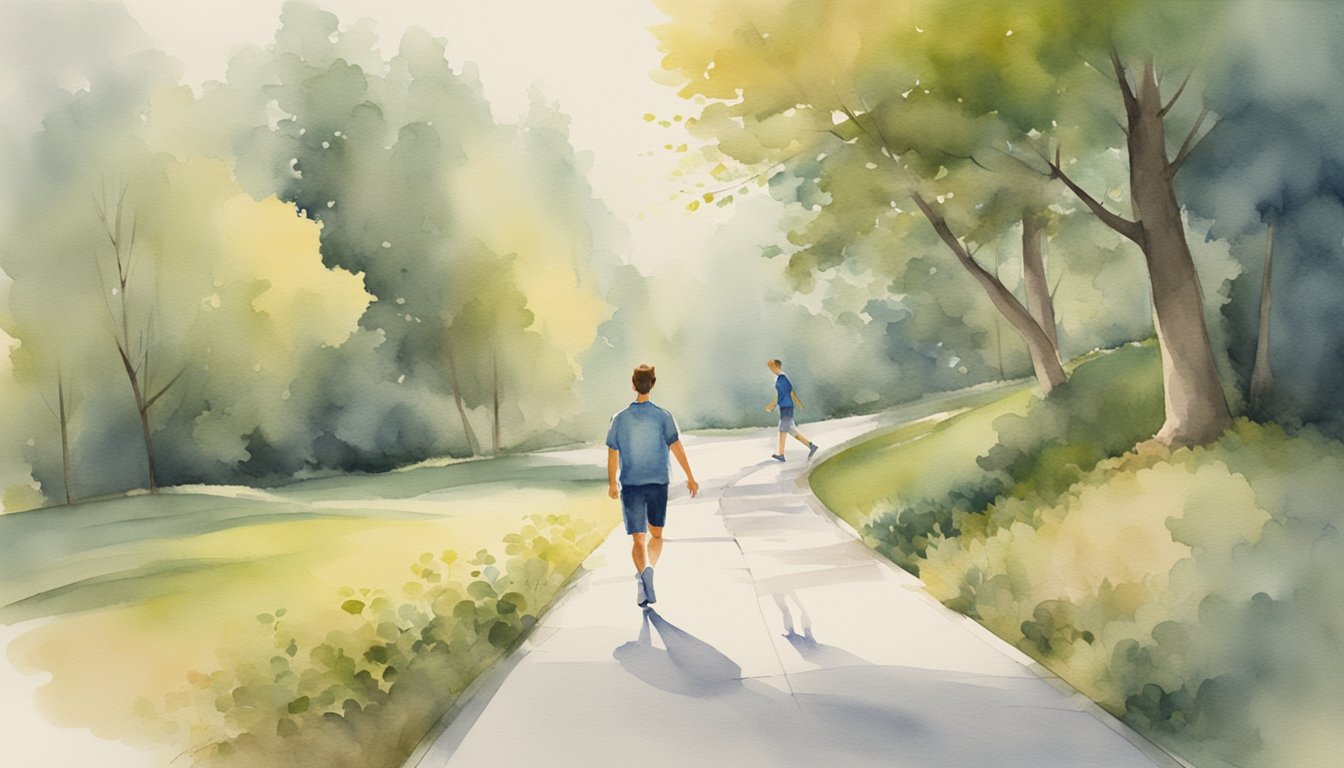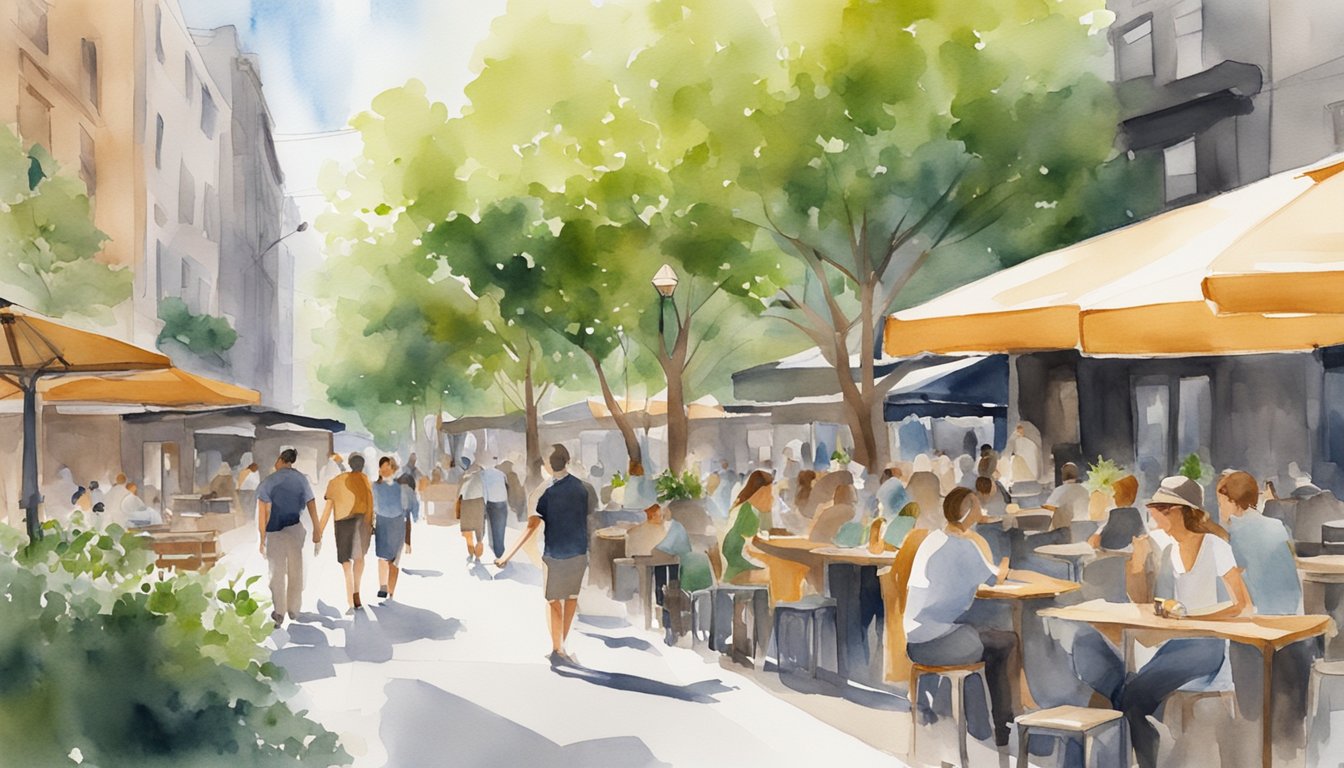Recovering the vibrancy of pedestrianism involves several key strategies that cities around the world are actively implementing. Understanding these recovery practices can enhance our urban spaces by making them more walkable and human-centric. This article explores various aspects of pedestrianism and its role in modern urban planning.

Pedestrianism, once a celebrated sport where people competed in long-distance walking events, has evolved into a crucial element of urban design.
Cities are reclaiming streets to prioritize walkers by implementing pedestrian-oriented designs that encourage a dense mix of land uses and safer, more inviting public spaces.
Urban planning now recognizes the psychosocial and cultural benefits of walking.
Encouraging walking not only promotes physical health but also enhances social interactions and mental well-being.
By improving walkability through thoughtful planning, cities can foster more connected and vibrant communities.
Key Takeaways
- Recovery practices for pedestrianism enhance walkability and urban vibrancy.
- Pedestrian-oriented design promotes safer and more inviting public spaces.
- Walking fosters social interactions and mental well-being in urban settings.
The Fundamentals of Pedestrianism

Pedestrianism, as a practice, involves more than just walking.
It transforms urban spaces, impacts public health, and contributes to environmental sustainability.
Understanding Pedestrian Movement
Pedestrian movement refers to how people walk and navigate urban spaces.
Walking patterns can vary due to factors such as sidewalks, crosswalks, and traffic signals.
The flow of pedestrians is crucial in designing spaces that are safe and efficient for everyone.
For instance, cities that encourage more people to walk need well-maintained sidewalks and safe crossings.
Good design helps prevent accidents and ensures a smooth walking experience.
In historical contexts, pedestrianism was even considered a competitive activity, with events attracting large crowds.
Today, it remains essential for daily commuting and leisure.
Understanding how pedestrians move helps urban planners create environments that support walking as a primary mode of transport.
The Role of Urban Planning in Walkability
Urban planning plays a vital role in promoting walkability.
Walkable cities offer safe, accessible, and attractive routes for people.
This includes well-lit streets, clean sidewalks, and parks.
Public transport networks also contribute by reducing the need for car travel.
When cities prioritize pedestrians, they help reduce air pollution and lower carbon emissions.
Effective urban planning focuses on integrating facilities like public transport and green spaces.
These features encourage more walking and less reliance on vehicles.
Cities with high walkability, such as Copenhagen, provide great models for how urban planning can improve pedestrian experiences and environmental outcomes.
Environmental Benefits and Public Health
Walking has significant benefits for both the environment and public health.
Increased walking reduces the reliance on cars, leading to lower levels of air pollution and carbon emissions.
This helps mitigate climate change and reduces health problems associated with poor air quality.
On a personal level, walking promotes physical health.
It lowers the risk of chronic diseases such as heart disease and diabetes.
Regular walking also improves mental health by reducing stress and enhancing mood.
Communities that support pedestrianism see healthier populations and a cleaner environment.
Pedestrianism encourages a lifestyle that benefits individuals and urban spaces as a whole.
Effective measures such as those discussed in recovery practices for pedestrianism are crucial in maintaining this balance.
Enhancing Urban Spaces Through Pedestrianisation

Enhancing urban spaces through pedestrianisation involves designing for active mobility, fostering community engagement in public spaces, and ensuring safety and accessibility in pedestrian infrastructure.
Designing for Active Mobility
Urban spaces can become more vibrant and dynamic by focusing on active mobility.
This includes creating wider sidewalks and dedicated bike lanes, which encourage people to walk and cycle more frequently.
The integration of green spaces like parks and tree-lined streets can make walking more pleasant and refreshing.
Moreover, well-designed pedestrian zones can connect key areas such as shopping districts, schools, and public transport hubs.
This makes it easier for residents to navigate the city on foot, reducing their reliance on cars and enhancing the overall environment.
Public Spaces and Community Engagement
Public spaces should be inviting and designed in ways that encourage community participation.
Plazas, benches, and street art can make urban areas more attractive and user-friendly.
Communities can be involved in the design and upkeep of these spaces, fostering a sense of ownership and pride.
Activities like farmers’ markets, outdoor concerts, and art exhibitions can be hosted in pedestrianised areas, which helps bring people together and revitalizes local businesses.
Cities like New York and London have seen significant economic benefits from pedestrianisation, such as increased trading and reduced commercial vacancies in car-free zones.
Safety and Accessibility in Pedestrian Infrastructure
Safety and accessibility are crucial when creating pedestrian spaces.
This includes adequate lighting, clear signage, and even surfaces to prevent accidents.
Making these areas accessible to people with disabilities ensures that everyone can benefit from the improvements.
Traffic calming measures, like speed bumps and raised crosswalks, can protect pedestrians by slowing down vehicles in mixed-use areas.
In addition, integrating pedestrian zones with public transport options is essential for seamless mobility.
Safe and accessible urban spaces can transform cities into walkable and welcoming environments for all residents.
Psychosocial and Cultural Aspects of Walking
Understanding the psychosocial and cultural dimensions of walking can enhance its benefits.
Each subtopic below highlights how walking affects the body, mind, and society.
Walking as an Embodied Practice
Walking is more than just a physical activity; it engages the body and mind in a unique way.
People connect with nature and their surroundings through sensory experiences.
This can be seen in various forms such as hiking and urban pedestrian activities.
The act of walking often evokes a sense of place, where individuals feel more connected to their environment.
This embodied practice also fosters mindfulness, reducing feelings of anxiety and enhancing overall well-being.
The Psychological Impact of Walkable Environments
Walkable environments play a significant role in mental health.
Areas designed for pedestrianisation, including safe sidewalks and parks, encourage regular walking.
Such environments improve mood and reduce stress.
Walkers in built environments report higher psychological well-being, feeling more energized and alert.
Research highlights that accessible walking paths can enhance self-esteem and combat negative emotions like depression and tension.
Cultural Significance and Social Dynamics of Walking
Walking holds cultural and social value in many societies.
It serves as a communal activity, bringing people together.
In some cultures, walking is an integral part of daily life, fostering community and social interactions.
Social dynamics during walks, such as group hikes, strengthen social bonds and enhance collective experiences.
Pedestrianism also intersects with other activities like cycling, creating shared spaces that promote cultural exchange and social cohesion.
These aspects underline the importance of walking beyond its physical benefits, emphasizing its role in cultural and social life.


